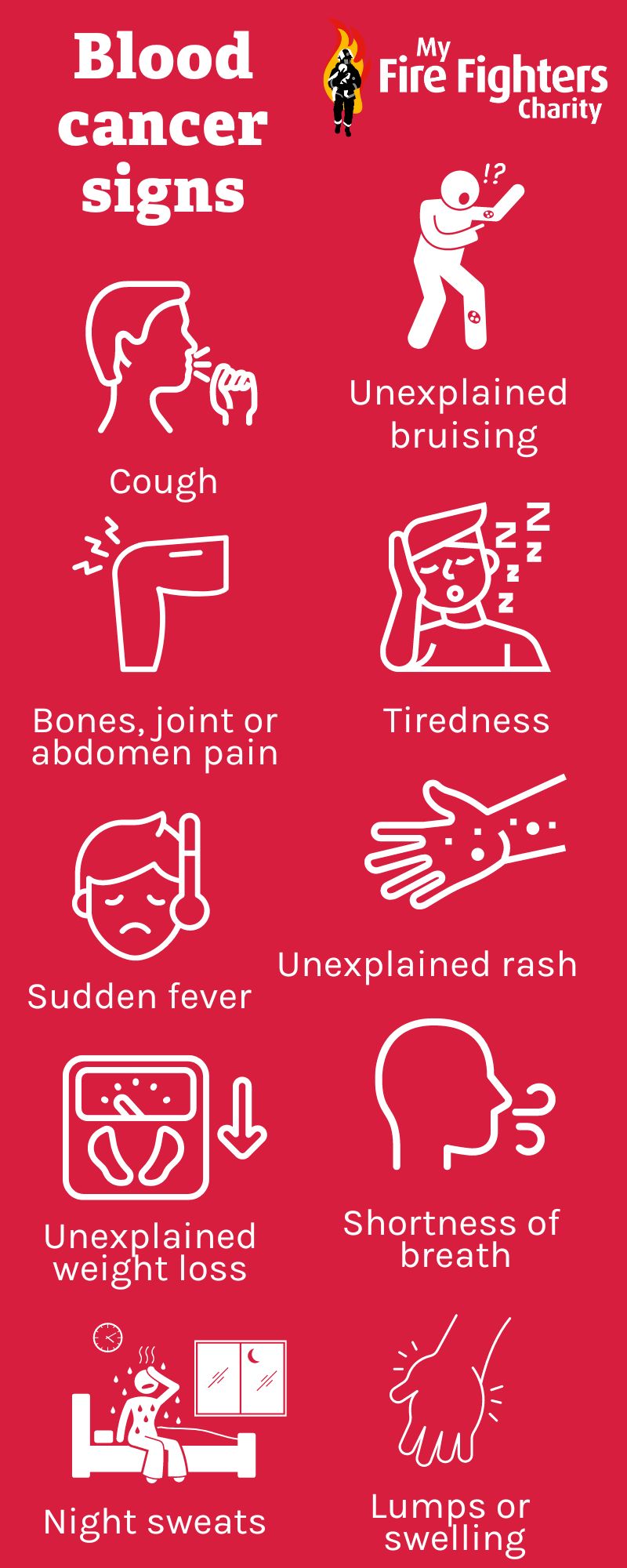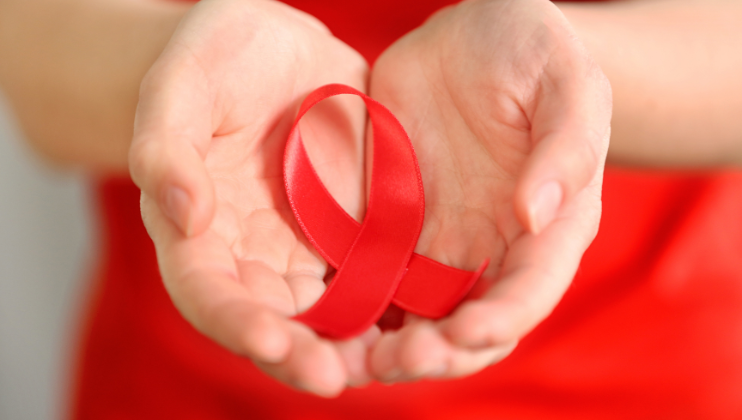Blood cancer is the fifth most common cancer in the UK and the third biggest killer, according to new research undertaken by Blood Cancer UK.
When asking people to name the common signs of blood cancer, over half reported they did not know any, and when asked to list up to 10 types of cancers they were aware of, leukaemia and blood cancers were the 12th and 13th most listed.
Below, we aim to raise awareness of the most common blood cancers, alongside the signs and symptoms.
What is blood cancer?
There are three main types of blood cancer:
- Leukaemia
- Myeloma
- Lymphoma
They can be described as acute or chronic; acute meaning fast growing, and chronic meaning slow growing. They each have different symptoms, treatments, and prognoses.
Over 400,000 people are diagnosed with a blood cancer each year in the UK, with over 250,000 currently living with it.
It is a type of cancer which affects your blood cells, caused by changes in the DNA within our cells. In almost all cases, the changes are linked to things we cannot control and happen in a person’s lifetime; they are not genetic faults you can pass down to your children.
There are some things, however, which can affect risk:
- Age
- Sex
- Ethnicity
- Family history
- Radiation or chemical exposure
- Some health conditions and treatments.
Unlike other cancers, lifestyle factors such as diet and exercise have little effect on your risk, however, a healthy lifestyle can reduce your risk of other types of cancer and illnesses.
What are the symptoms?
People with blood cancer can experience a range of symptoms. Knowing the symptoms can save lives:
- Cough
- Unexplained bruising
- Pain in bone, joints, or abdomen
- Frequent infections
- Tiredness
- Unexplained fever, rash, or weight loss
- Shortness of breath
- Paleness
- Lumps or swelling
Some symptoms of blood cancer can look different on different skin tones:
- Bruising – starts as a red area which gets darker over time. On black or brown skin, bruises may be difficult to see initially, but as they develop they show as darker than the skin around them.
- Rashes – often appear as areas of tiny or larger spots. On black or brown skin, they may look purple or darker than the surrounding skin. On lighter skin, they look red or purple.
- Paleness – this is often noticeable in light skin, people with black or brown skin may look greyish and their palms paler than normal. There also might be paleness in their lips, gums or nail beds.
Not everyone will have the same symptoms. If you have any symptoms that are persistent, unexplained, or unusual for you, see your GP. It is also important to note that most people who have these symptoms won’t have blood cancer, but it is still worth seeing your GP to find out what is causing them.
Early diagnosis is vital for better treatment outcomes, so why not share this article with your friends, family, or work colleagues to help continue to raise awareness of blood cancers and signs and symptoms.
We can support you on your cancer journey in a number of ways. Find out more here.


